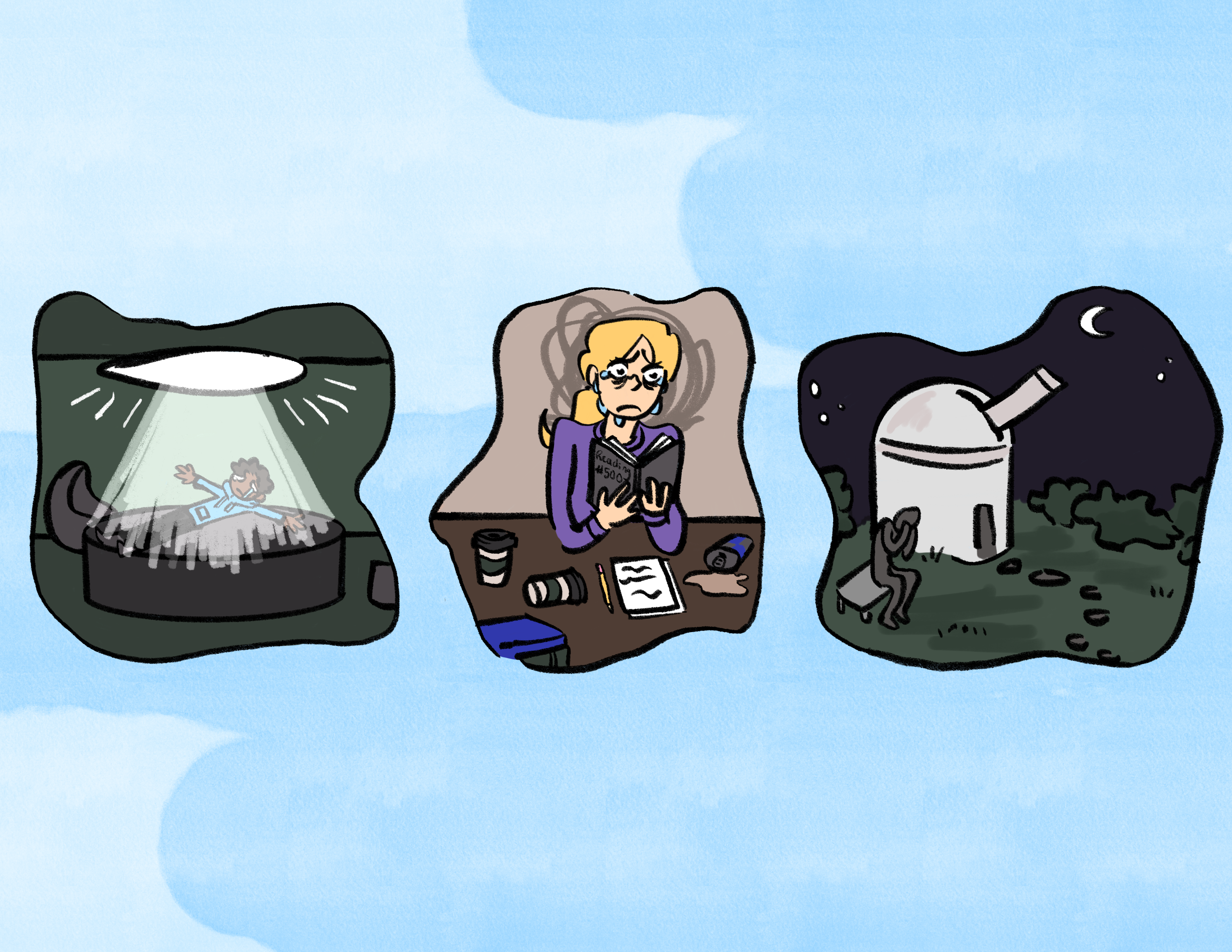The climax of the prequel trilogy, Revenge of the Sith just barely makes the whole thing worth it. The film feels like the only real Star Wars prequel. Lucas manages to jam three movies into one, as he tells the complete story of Anakin Skywalker’s fall to the dark side. Although there is the occasional stumble, Revenge of the Sith still triumphs, and Star Wars fans finally receive the prequel that they deserve.
The first twenty minutes of Sith present the most exciting opening to any Star Wars film since A New Hope. Lucas, with the help of countless computers and technicians, crafts a long shot of two starships weaving their way through a massive battle in orbit around Coruscant. What follows is a frenetically paced action sequence as Obi-Wan and Anakin navigate their way to General Grievous’ ship. After boarding the ship, the Jedi face off against the woefully-underused Count Dooku (Christopher Lee, in a returning role). Anakin beheads Dooku at the end of their fight, and his descent to the dark side begins in earnest. This scene is a little on-the-nose, but it’s still well done by Lucas. We see the influence that Palpatine has over Anakin, and how he begins to compromise the values of the Jedi by executing Dooku.
Unfortunately, right after the exciting opening scene, the film grinds to a halt. The middle third of Sith isn’t anything too special. Obi-Wan is sent off on a fairly entertaining but ultimately pointless mission to hunt down the excellently-designed, yet somehow still underwhelming General Grievous. Anakin is left behind to be manipulated by Emperor Palpatine. However, one of the best scenes of the franchise occurs in the midst of the mediocrity. An exchange between Palpatine and Anakin in an opera house is absolutely perfect. The scene is well-acted by both Hayden Christensen and Ian McDiarmid, well-written by Lucas, and feels like it’s actually contributing something to the Star Wars mythos. McDiarmid is extremely villainous, and his explanation of the Sith’s view of the Force is frighteningly sensible. McDiarmid’s performance is one of the few redeeming aspects of the prequel trilogy, mostly because he seems to be the only actor on screen who is actually enjoying himself.
What the middle third does, however, is set the stage for the outstanding collapse of the Jedi and the Republic in the final third of the film. Lucas puts the pieces into place very well: viewers see Anakin torn between saving Padme and his commitment to the Jedi, Obi-Wan’s separation from the rest of the events of the film, and the manipulation of the Jedi at the hands of the Emperor. When it all hits the fan, the film kicks into high gear, and it does not slow down until the grand finale.
Anakin’s turn to the Dark Side actually feels somewhat believable in this film. Hayden Christensen proves that when he does not have to speak, he can do an excellent job of conveying Anakin’s emotional turmoil through his intense gaze and facial expressions. The creation of Darth Vader is actually quite clever, as Anakin turns to Palpatine for help to save Padme, certainly a justifiable motivation. Some of the scenes involving a pre-suit Darth Vader are quite disturbing: Anakin, now Vader, massacres a group of Jedi younglings, slaughters the leaders of the Separatist movement, and uses the Clone Troopers to wipe out all of the Jedi in the Jedi Temple. The entirety of the “Order 66” sequence is extremely well put-together, as the audience gets to see Jedi around the galaxy massacred at the hands of their Clone Trooper “allies.” John Williams’s epic score only heightens the emotion.
The final showdown between Anakin and Obi-Wan is one of the best the saga has to offer. Obi-Wan confronts Anakin on the volcanic planet of Mustafar, which provides a fittingly over-the-top backdrop to the entire fight sequence. It goes on a bit too long, and the conclusion feels a little half-baked, but the audience understands and feels the emotions at play during the intense conflict. This is easily the best lightsaber fight in the prequel trilogy, and it certainly competes with the battles of the original trilogy. Meanwhile, Yoda’s fight with Sidious is just as epic. The two face off in a deserted Senate chamber, which allows for some gorgeous shots that diminish both of them in size. This fight becomes more Force based, and ends rather disappointingly, but it still is an extremely rousing conclusion to the film. Here, Lucas shows that he didn’t need massive armies clashing with each other to give the films an epic feel. All he needs to do is provide emotional context.
Where the film falters is in its portrayal of Padme. Natalie Portman has next to nothing to over the course of the whole movie: she sits in her apartment, cries about Anakin, gives birth to Luke and Leia, and then dies. That is essentially her character arc. This is no criticism of Portman, who does a fine job with what she has to work with, but it’s abundantly clear that Lucas had no idea what to do with her other than using her character to catalyze Anakin’s turn to the Dark Side. Padme’s whole character feels like a massive missed opportunity for Lucas, who fails to give her any sort of significant characterization.
Overall, Revenge of the Sith feels like an actual Star Wars film. The epic scope, the emotion, and the awe-inspiring fight sequences are all there. The film is plagued by very similar problems that Episodes I and II suffered from (questionable dialogue, overreliance on CGI, half-baked characters), but it is easily the best of the prequel trilogy, and it even surpasses Return of the Jedi. (But just barely.)
Star Wars Ranking: 3/6
This is the third part of Halftime’s “Countdown to Star Wars.” Check out the reviews of Episode I and Episode II.






[…] Featured image by Graham Piro via The Georgetown Voice. […]